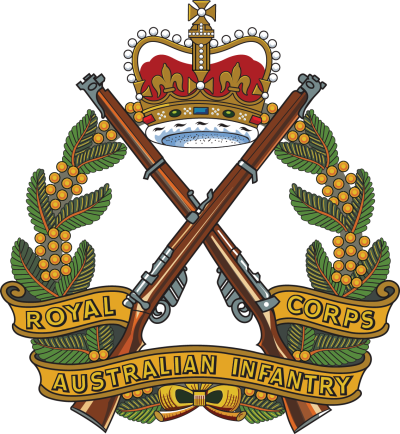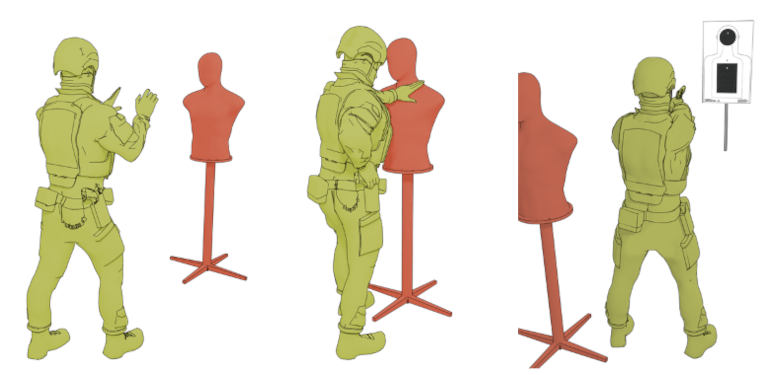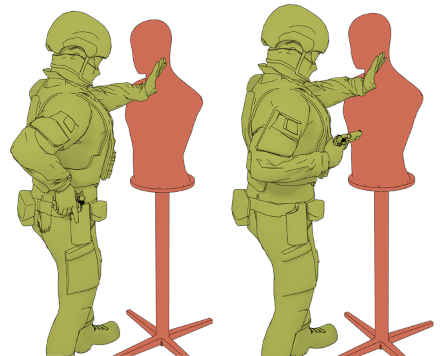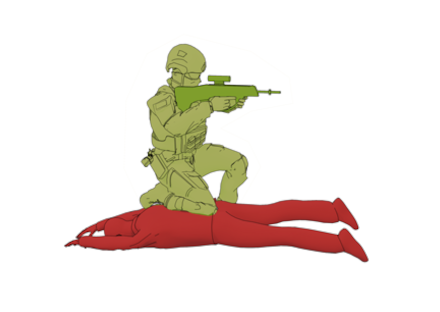 This article was written by 4 BDE Combative Cell and endorsed by the SMEs at School of Infantry
This article was written by 4 BDE Combative Cell and endorsed by the SMEs at School of InfantryRealistic training of combined skills in a military setting is crucial for preparing soldiers for real-world combat scenarios. Integrating skills taught in isolation, such as the Army Combatives Program and the Combat Marksmanship Continuum, into realistic training scenarios creates an opportunity to apply these skills in a real-world context. The integrated practice of these skills will simulate actual combat environments and ensure that when the time comes to do it for real… the soldier is ready. This article has step by step instructions on several combined ACP and CMC techniques that can be achieved with minimal equipment, making it accessible to everyone.
US Army General George Patton once said ‘Train like you fight and fight like you train’. ( Reference Link: 11 Gen. George Patton Quotes That Show His Strategic Awesomeness | Military.com ) In high stress situations our high level cognitive functions decrease and individuals fall back to their base level of training. This is why it is so important that our training is as realistic as possible.
Combat marksmanship continuum (CMC) and the Army Combative Program (ACP) are integral components of the Army Training Continuum and important components of developing a combat mindset. While often taught and practiced in isolation, the real world application of CMC and ACP will often occur in unison, and as such should be trained in unison. Below are some simple CMC and ACP combined training techniques that can mostly be achieved with current facilities and equipment with no additional costs to the unit:
|
Technique 1 Kinetic immediate action In this scenario, shooters are given 15 seconds from the OIC’s word of command “threat” to complete the drill. The time stops once the shooter has fired all 12 rounds.

|
|
|
Conclusion
There is a wide scope for how we can consolidate our skills and implement the combat mindset in training. As with all training, the key is to make it as realistic and relevant as possible. The above techniques can be worked into your weekly routine with the current facilities and equipment already available to you at your unit, and they can be tailored to meet the specific needs and skillset required in your current role.












